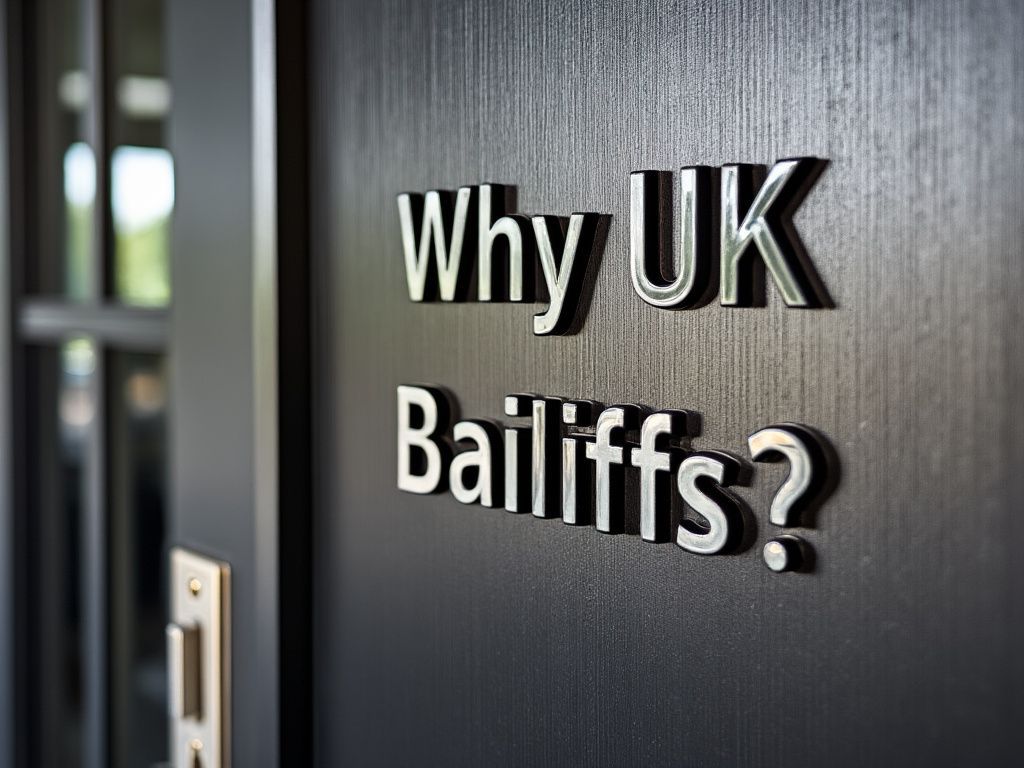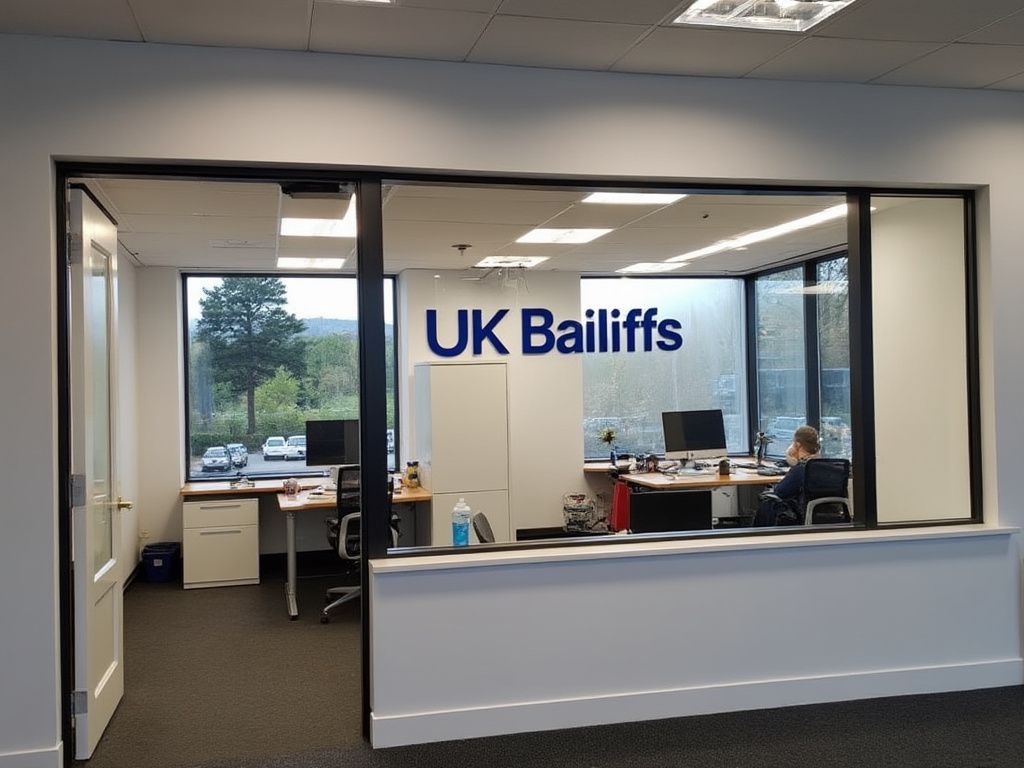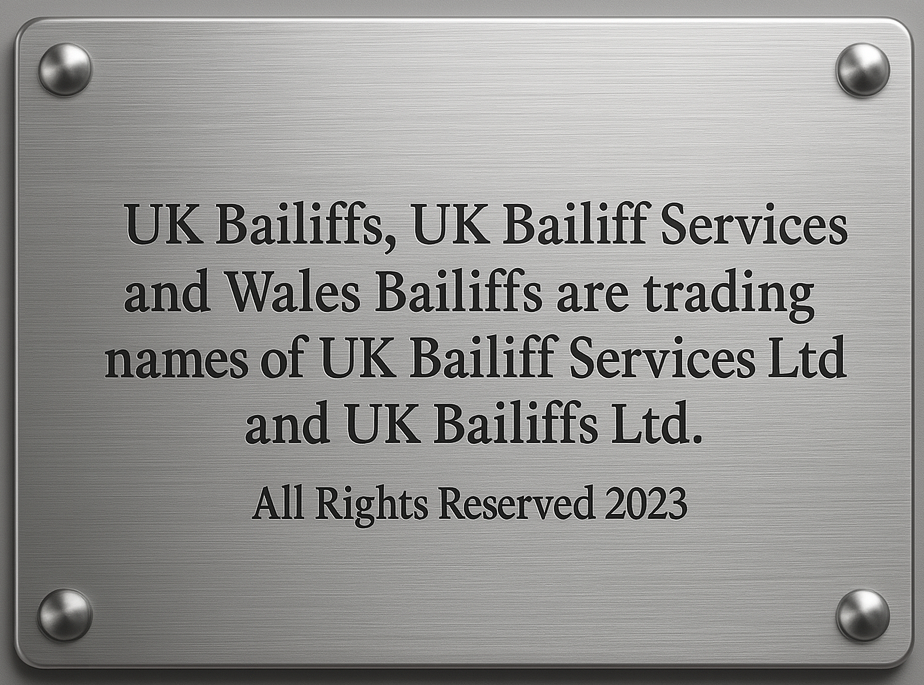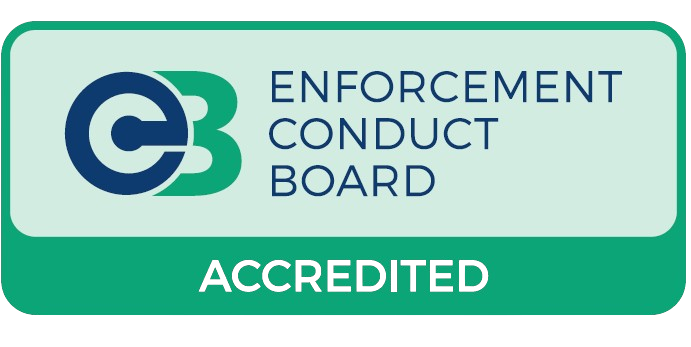Forfeiture | Lease Forfeitures
COMMERCIAL LEASE FORFEITURE
UK Bailiff Services Ltd provide urgent lease forfeiture for landlords across England and Wales. Instruct us today using our form or call 0330 133 1818.
We will issue legal paperwork, gain entry, list assets, legally forfeit (end) your tenant’s lease and re-secure your commercial property.
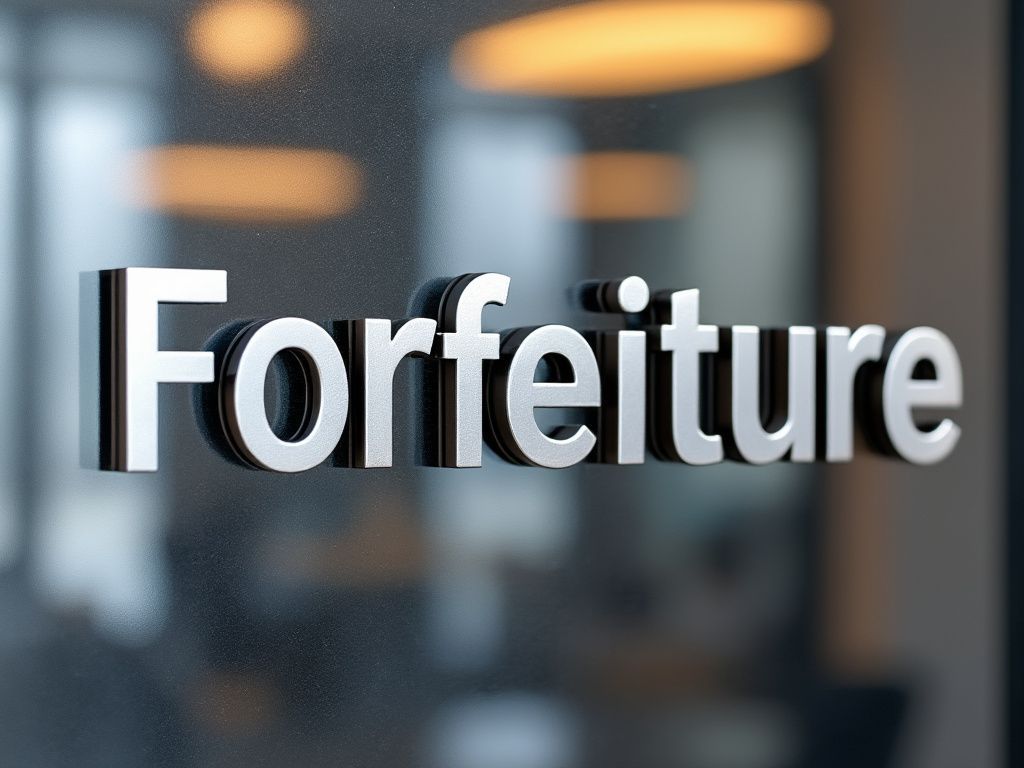
A Guide for Landlords
If a commercial tenant has stopped paying rent or breached their lease — and you want them out — Lease Forfeiture gives you the legal right to take the premises back without going to court. It’s fast, lawful, and effective when done correctly. Alternatively, for recovering rent before terminating the lease, consider Commercial Rent Arrears Recovery (CRAR).
📘 What Is Lease Forfeiture?
Lease forfeiture is a landlord’s right to end a commercial lease early due to a breach — usually non-payment of rent. It’s done by peaceably re-entering the property and changing the locks. If the lease allows it and the process is followed, no court order is required.
✅ When Can You Use It?
- Commercial property only (not residential)
- Lease must include a forfeiture clause
- Tenant must be in breach (typically rent arrears)
- You haven’t waived the right by accepting late rent
🔓 How Does It Work?
- We check the lease and rent position
- We attend the premises (often within 24 hours)
- We change the locks peacefully and legally
- We post legal notices onsite
- You regain legal control of the property
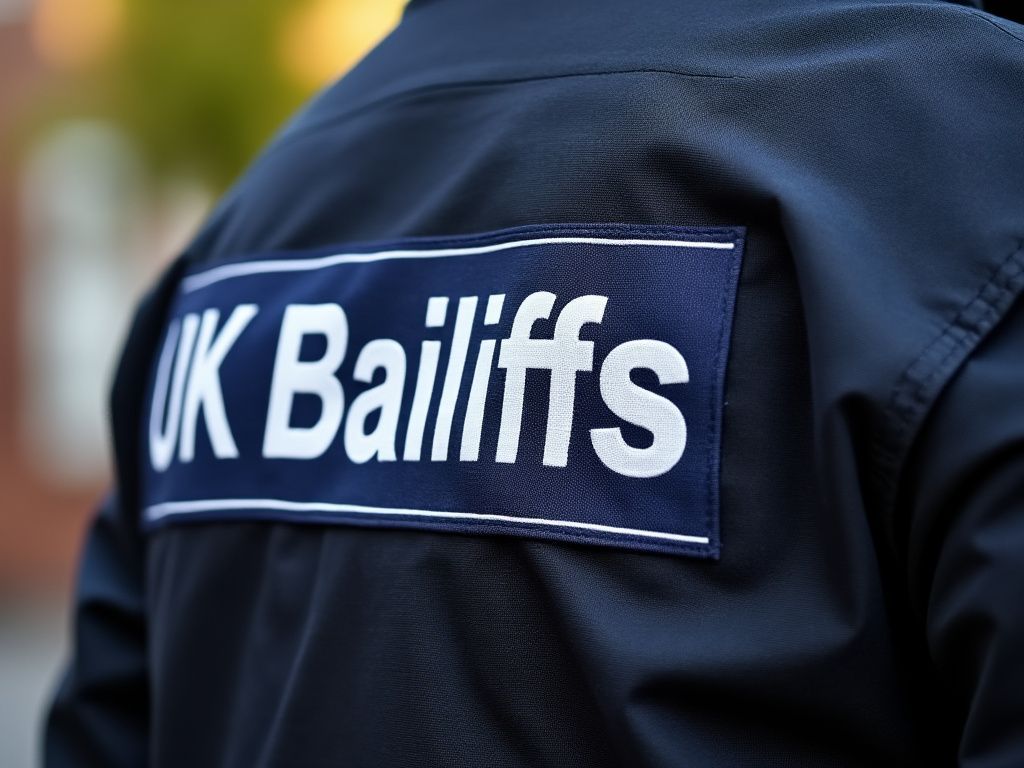
📦 What We Need to Get Started
- A copy of the lease
- Rent statement or breach details
- Tenant and property address
- Your authority to act (landlord, agent, or solicitor)
Note: This page provides our professional lease forfeiture services for commercial landlords. If you are looking for a neutral legal guide to the statutory process and case law behind lease forfeiture and Section 146 notices, please see our Lease Forfeiture Legal Citation Page.
Landlords and Property Managers
Managing property disputes can be challenging, especially when dealing with lease forfeiture. Our service gives landlords and property managers a professional, efficient, and fully legal path to reclaim possession of their premises when a lease has been breached.
Why Choose UK Bailiffs for Lease Forfeiture?
- ✔ Expertise and Experience: Our team includes seasoned professionals with deep knowledge of property law and enforcement procedures.
- ✔ Comprehensive Service:
From initial legal advice to execution, we manage every step. Our service includes:
- Reviewing lease agreements to identify breaches
- Advising on procedural steps before forfeiture
- Serving legally required notices
- Carrying out peaceable re-entry or managing court proceedings
- ✔ Legal Compliance: We ensure every action is compliant with UK law, reducing the risk of tenant disputes or legal repercussions.
- ✔ Client-Centric Approach: Our services are tailored to your case, balancing professionalism with respect and efficiency.
- ✔ Speed & Efficiency: Time is often critical. We act fast to prevent unnecessary loss, delay, or property degradation.
Commercial Lease Forfeiture Overview
Commercial Lease Forfeiture is a legal remedy under English law that allows a landlord to terminate a lease due to tenant breach. UK Bailiffs provides specialist enforcement services to help landlords regain possession efficiently and legally.
Overview
Forfeiture is commonly used when a tenant fails to pay rent or breaches other lease terms. It involves the landlord re-entering the property, effectively ending the lease. UK Bailiffs ensures full legal compliance and minimises disruption.
When Can Lease Forfeiture Be Used?
- Non-payment of rent: The tenant has not paid rent on time.
- Breach of covenant: The tenant has broken lease terms, such as unauthorised alterations or unlawful use.
- Insolvency: The tenant has entered administration or insolvency, affecting lease compliance.

⚖️ Legal Requirements
- Peaceable Re-entry: Entry must be made without force.
- Section 146 Notice: Required for breaches other than rent arrears, giving tenants a chance to remedy.
- Waiver of Right: Accepting rent after a breach may invalidate the right to forfeit.
The Process
UK Bailiffs offers a streamlined and efficient commercial lease forfeiture service, tailored to meet the needs of landlords and property managers.
The Process Includes:
- Instruct us online: Our online form takes just minutes to complete and automatically generates all legal documentation.
- Legal Assessment: Ensuring the landlord has the legal right to forfeit based on the lease and the nature of the breach.
- Serving Notice: Where required, we issue a Section 146 Notice allowing the tenant a chance to remedy the breach.
- Peaceable Re-entry: We carry out the forfeiture through peaceful re-entry, reducing legal risk.
- Securing the Property: We change locks and secure the premises to prevent re-entry.
- Documentation: Full reports and photographic evidence are provided for legal compliance and record-keeping.
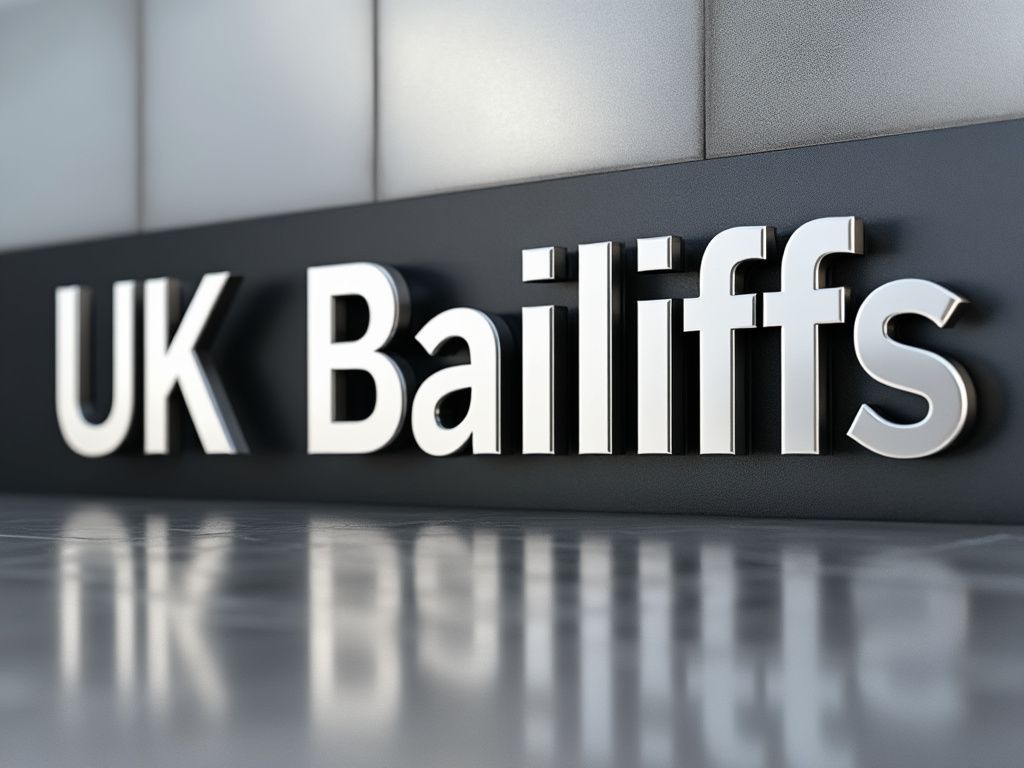
UK Bailiffs Ltd and UK Bailiff Services Ltd are Court Certificated Enforcement Agents regulated by the Enforcement Conduct Board.
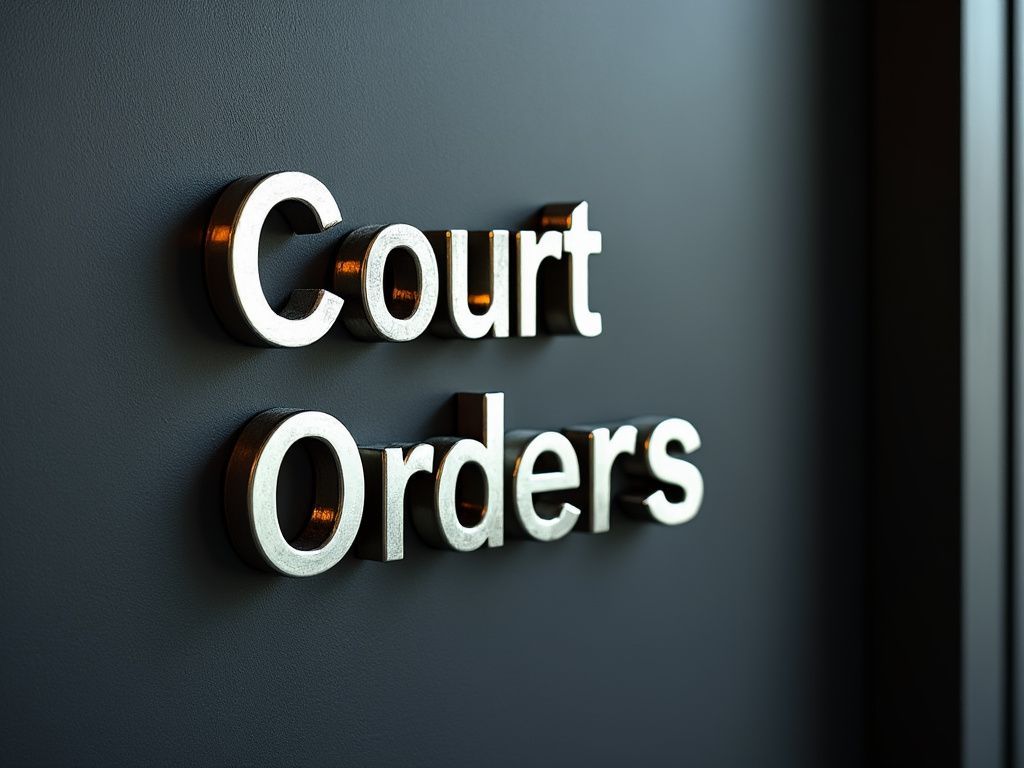
Legal Framework
Commercial lease forfeiture is governed by various pieces of UK legislation, including:
- ✔ Law of Property Act 1925: Sets out the foundational legal procedures for lease forfeiture.
- ✔ Protection from Eviction Act 1977: Protects tenants against illegal eviction and governs how landlords must act.
- ✔ Commercial Rent (Coronavirus) Act 2022: Introduced pandemic-specific restrictions on forfeiture for rent arrears.
UK Bailiffs ensures full compliance with these legal frameworks, providing a professional and legally sound service.
Benefits of Using UK Bailiffs
Whether you're a landlord, solicitor, or managing agent, UK Bailiffs offers reliable, legally compliant enforcement services tailored to your needs. Here's why clients choose us:
Why Partner with UK Bailiffs?
- ✔ Expert Legal Knowledge: Specialised expertise in commercial property law and lease enforcement.
- ✔ Fast and Efficient Service: Rapid response to reduce financial losses and regain possession quickly.
- ✔ Transparent Process: Clear communication and comprehensive reporting from start to finish.
Instruction Form
Completing the form does not constitute a contract or acceptance of the instruction.
What Happens Next?
Once submitted, we will confirm details with you and then begin the process. We may request additional details as part of our due diligence. If you have any questions, you can email us at help@ukbailiffs.org.



